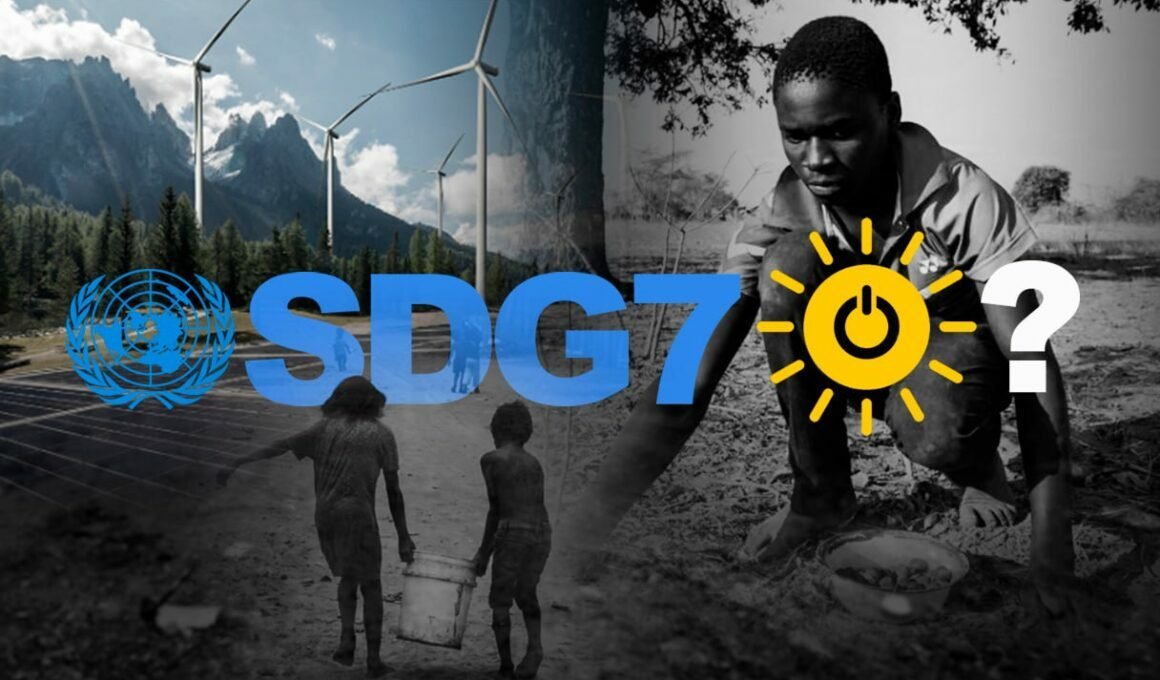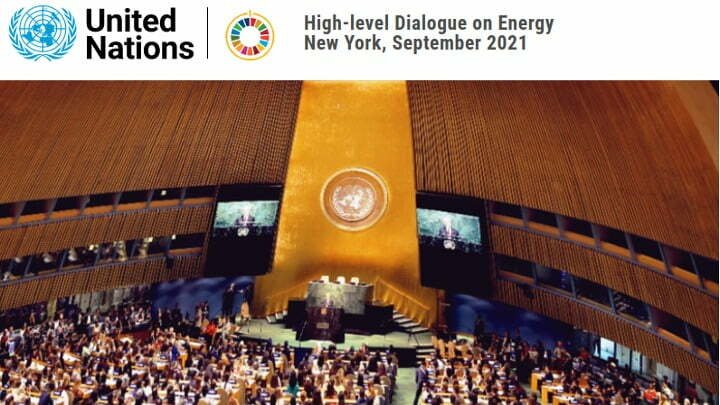by Iain Davis, Unlimited Hangout:

TRUTH LIVES on at https://sgtreport.tv/
The alleged purpose of the United Nation’s (UN’s) Sustainable Development Goal 7 (SDG7) is to “ensure access to affordable, reliable, sustainable and modern energy for all.” In keeping with Agenda 2030, the target date to achieve this goal is, as you might expect, 2030.
As previously discussed, UN documents are couched in fluffy rhetoric. The disarming verisimilitude of compassion and concerned stewardship is thickly layered in UN texts, resolutions and announcements. This obscures the unpalatable aspects of “sustainable development.” We must look beyond what is has been said to what is being done if we are to understand the strategic thinking that lies beneath the announced agendas.
The UN Department of Social and Economic Affairs (UNDESA) undertook a consultation to provide a summary report for its 2021 High-Level Dialogue on Energy. The report clearly identified the most significant obstacles to be overcome:
Inequality and poverty prevent access to affordable, reliable, and sustainable energy. [. . .] [E]nergy access follows the tangible geographical disparities, with greater infrastructure development being carried out in urban settings rather than rural. [. . .] Stakeholders emphasized that extreme poverty could not be eradicated without ending energy poverty. [. . .] [G]overnments and investors often-times focus on economic viable areas, where they can make huge profit [. . .] creating severe gaps in providing reliable infrastructure to ‘unprofitable’ locations. These disparities are clear on the international horizon, with unattractive economies being excluded from the investment chain of sustainable and reliable energy. [. . .] Research must expand beyond its focus on specific technologies to explore the role of small-scale, decentralized and off-grid renewable energy solutions.
The subsequent UN High Level Dialogue on Energy and their implementing stakeholder partners are under no illusions. They know full well what the problems are. They know, too, where the global efforts they claim to be leading should focus if their loudly declared humanitarian concerns are to have any credibility. UN Secretary-General António Guterres concluded:
[W]e have a double imperative. [. . .] To end energy poverty and to limit climate change. And we have an answer that will fulfil both imperatives. Affordable, renewable and sustainable energy for all.
Inequality of opportunity, endemic poverty and energy poverty are interdependent at both the local and international scale. Resolving these problems is indivisible from any authentic attempt to transition to “sustainable and modern energy.”
Yet, when we look more closely at the UN stakeholder partnership’s efforts to meet SDG7, we find that, far from addressing the problems that restrict access to energy resources, they are actually exacerbating these problems with their so-called sustainable development of energy. For, despite their claims, they make no real commitment to “ensure access to affordable, reliable, sustainable and modern energy for all.”
Affordable Energy?
There is some debate about the precise meaning of “sustainable development.” Many people point to the definition provided in the 1987 Brundtland Report: Our Common Future:
Sustainable development is development that meets the needs of the present without compromising the ability of future generations to meet their own needs. It contains within it two key concepts. The concept of ‘needs,’ in particular the essential needs of the world’s poor, to which overriding priority should be given; and the idea of limitations imposed by the state of technology and social organization on the environment’s ability to meet present and future needs.
Based on that definition, we can say that the alleged purpose of “sustainable development” is to prioritise meeting the current needs of the world’s poorest while ensuring that their future needs aren’t compromised. All forms of global development and policy design—technological, economic, financial, industrial—must be directed towards this end, all the while protecting the environment for both current and future generations.

But when we look at the effects of the alleged “sustainable development” policies enacted to date by the global political and corporate class, there is nothing to suggest any determination by our “leaders” to live up to this otherwise worthy aspiration. In short, this concept of “sustainable development” amounts to some nice-sounding words, written in impressive-looking reports, and nothing more.
Thus, as economies around the world face the worrying impact of soaring energy prices, it appears that the UN is a long way from achieving SDG7. That is, if you assume its genuine objective is to ensure access to affordable energy for all. For, as things stand, the vast majority of people in developed nations can ill-afford today’s energy prices. And the prospect of “affordable” energy coming within reach of people in developing nations appears to be extremely remote.
The United States Agency for International Development (USAID) estimates that two out of every three people living in sub-Saharan Africa have no access to electricity. In April 2022, the executive director of the Africa Coalition for Sustainable Energy Access (ACSEA), Dr. Augustine Njamnashi, pointed out that the alleged problem of reliance upon what is called “dirty energy”—the burning of fossil fuels—is secondary to the more pressing problem of energy poverty:
[M]any families do not have access to any form of energy, whether clean or dirty.
It is doubtful, however, that simply introducing a higher proportion of renewable—green—energy into the existing grid infrastructure will do anything to reduce energy poverty. This is especially true in light of the fact that renewable energy has so far appeared to be both more expensive and less reliable than so-called “dirty energy.”
Currently, the poorest half of the world’s population consumes just 20% of the global energy supply. In fact, the poorest half accounts for less energy consumption than the wealthiest 5% of people on earth.
Interestingly, this energy consumption inequality is remarkably consistent. Whether measured in terms of the disparity between rich and poor nations or as the varying levels of energy use within any nation-state, the top 10% consume roughly 20 times more energy than the bottom 10%.
Despite allegations of corruption levelled at government subsidies for fossil fuels, the problem of energy poverty would be considerably worse without them. Nonetheless, as Dr. Njamnashi observed:
Read More @ UnlimitedHangout.com




